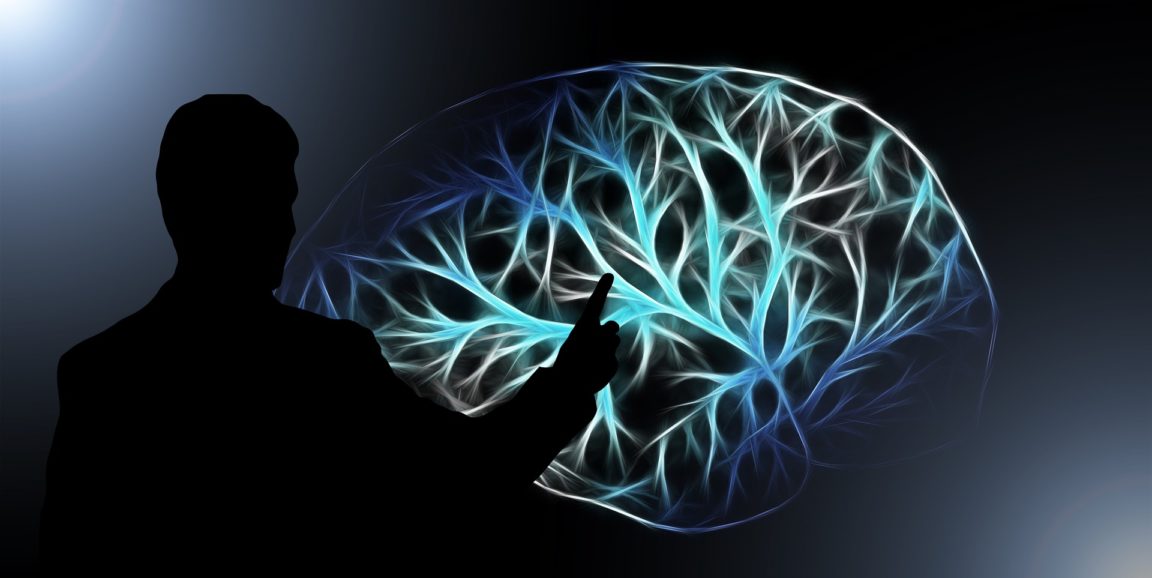In the past, if a person had a stroke while asleep, or far from a top medical facility like Stanford, they were at a disadvantage. Doctors often wouldn't initiate any treatment, believing damage to the patient's brain had already been done.
But now, the American Heart Association/American Stroke Association has extended the window that stroke patients can benefit from procedures to remove or dissolve the offending clot from six hours to 24 hours.
The changes comes, in part, thanks to recent research led by Stanford neurologist Gregory Albers, MD, and imaging specialist Michael Moseley, PhD.
Using an MRI technique coupled with a software program, clinicians like Albers can review scans of patients (even at home from their smartphones) to determine whether a patient would benefit from a procedure like a thrombectomy, or clot removal.
"This could be a real breakthrough for treatment," Albers says in a recent Stanford Health Care video, shown above.
The shift has transformed care for ischemic strokes at Stanford. But Albers said he and his fellow researchers and clinicians aren't done: "We're not satisfied until we can have this technology helping even more patients."
Video by Stanford Health Care; image by geralt




